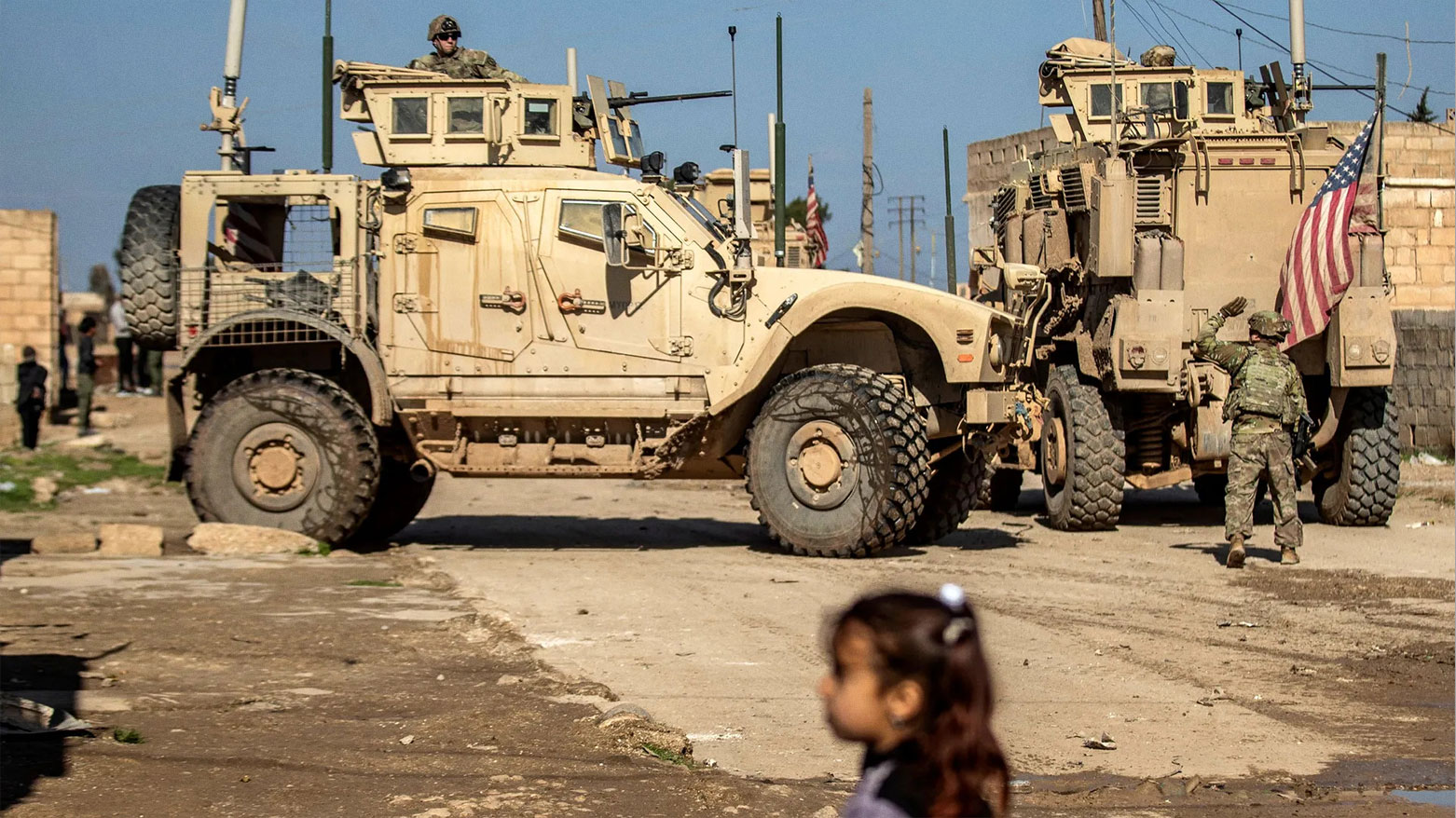US Forces, SDF Attack ISIS in Syria in Joint Raid
“U.S. CENTCOM will continue to work with our partners to aggressively pursue ISIS, which remains a threat to the region, our allies, and our homeland,” Singh said.

WASHINGTON DC, United States (Kurdistan 24) – Deputy Pentagon Press Secretary Sabrina Singh in a press briefing on Thursday announced that U.S. troops, along with the Syrian Democratic Forces (SDF), had attacked an ISIS target in Syria earlier this week.
Singh also affirmed that ISIS remained a danger and the U.S. would continue to work with its local partners in the region to fight the terrorist organization.
Joint U.S.-SDF Operation Against ISIS
“On Sunday, U.S. Central Command and Syrian Democratic Forces conducted a partnered raid in Syria,” Singh announced at the start of the press briefing.
“The operation resulted in the death of four ISIS operatives,” she continued, explaining that they had been targeted “to disrupt and degrade ISIS's ability to plan, organize, and conduct attacks against civilians, as well as US citizens, allies, and partners throughout the region and beyond.”
“U.S. CENTCOM will continue to work with our partners to aggressively pursue ISIS, which remains a threat to the region, our allies, and our homeland,” she said.
Subsequently, in response to a question about the families of ISIS fighters that the SDF detains at its camps in Syria, she elaborated on her opening remarks.
“ISIS still does present a threat in the region,” she stated. “It's very different from what it was in 2014,” when it controlled one-third of Iraq. But it is “still something that we continue to monitor.”
“And that's why you see us partner” with local forces, she continued, “whether it be the Iraqi security forces or the SDF” in order to conduct raids against ISIS cells and ISIS leaders.
Indeed, the fight against ISIS continues in Iraq, in addition to Syria. For the most part, U.S. troops in Iraq, unlike Syria, do not have a combat mission. Their role is to advise and assist Iraqi forces.
However on August 29, they carried out a joint operation in the Anbar desert with Iraqi security forces. Those U.S. troops were involved in combat, despite their formal mission, and seven of them were injured.
But the raid evidently accomplished its main objective. It resulted in the deaths of 14 ISIS fighters, including four senior ISIS leaders.
Read More: US-Led Operation Eliminates 14 ISIS Militants, Including Key Leaders, in Western Iraq
The four senior figures, as detailed by CENTCOM, included Ahmed Hamid Hussein Abdul Jalil al-Ithawi, who was responsible for all of ISIS’s operations in Iraq.
A figure known as Abu Hammam oversaw ISIS’s operations in western Iraq, and Aboud Ahmed al-Issawi worked with him.
All three of them were killed in the August 29 raid. But senior as they were, the most important figure might well have been an individual known by the alias Abu Ali al-Tunisi.
ISIS’s Chemical Weapons Program?
The State Department’s Rewards for Justice program was offering a large reward for information leading “to the identification or location of Abu Ali al-Tunisi.”
His alias suggests he is Tunisian, but since we know very little about him, we are not really able to make any conclusion.
What is most important is the information about him on that appears on the website of the Reward for Justice program. It explains that al-Tunisi was in charge of ISIS’s chemical weapons program.
Al-Tunisi “provided advanced training on weapons development and the manufacturing of chemical weapons,” it says. He also conducted training, including “on how to make explosives, suicide vests, and improvised explosive devices (IEDs.}
According to a detailed article based on captured ISIS documents and titled “Secret Files Reveal the Structure of Islamic State,” which appeared in the highly-regarded German news magazine, Der Spiegel, the core of ISIS is the former Iraqi regime.
That would certainly explain why ISIS had a chemical weapons program.
